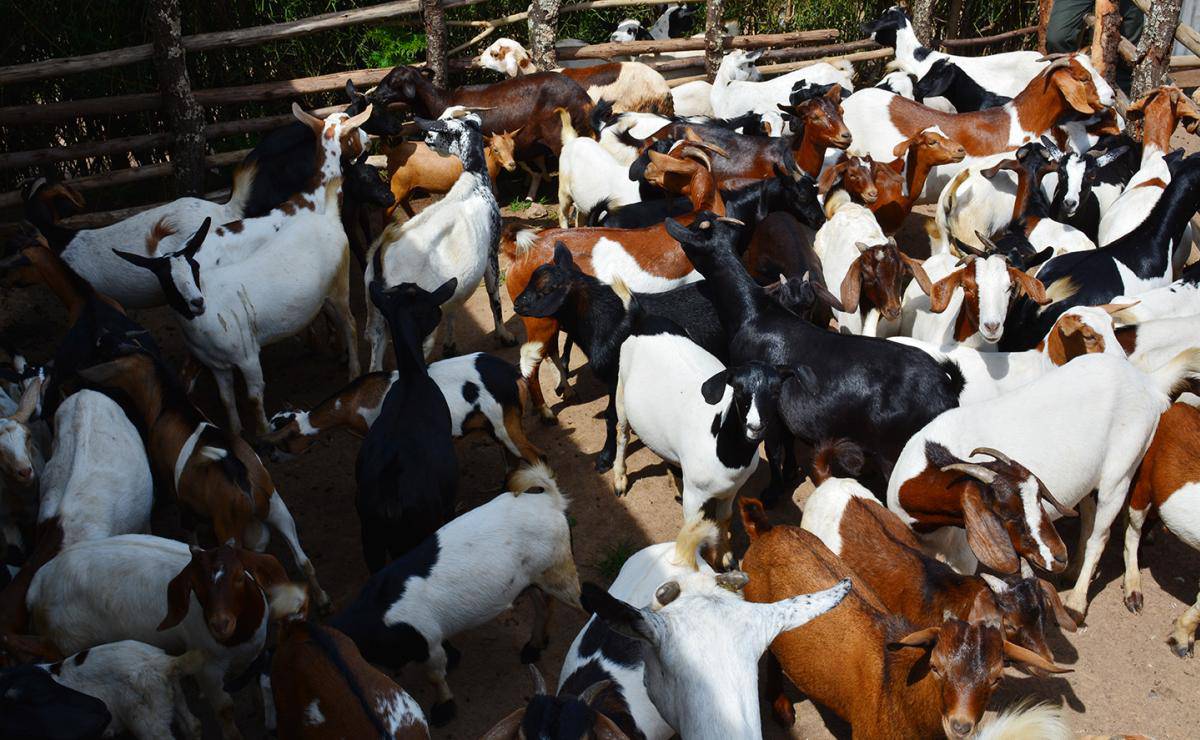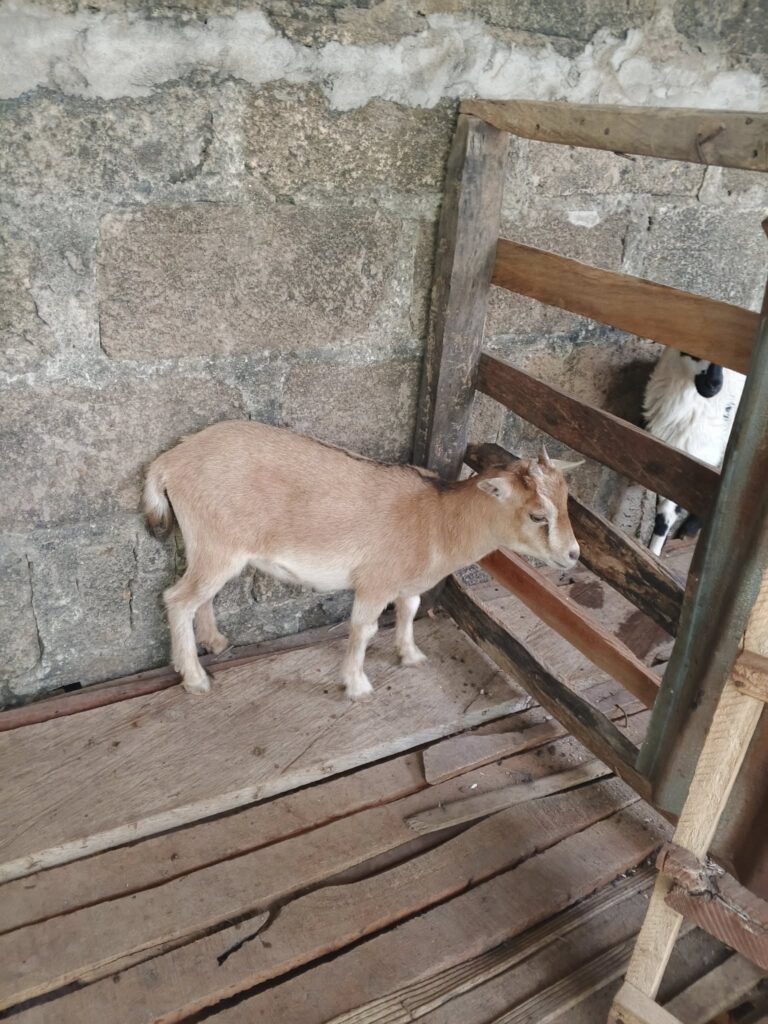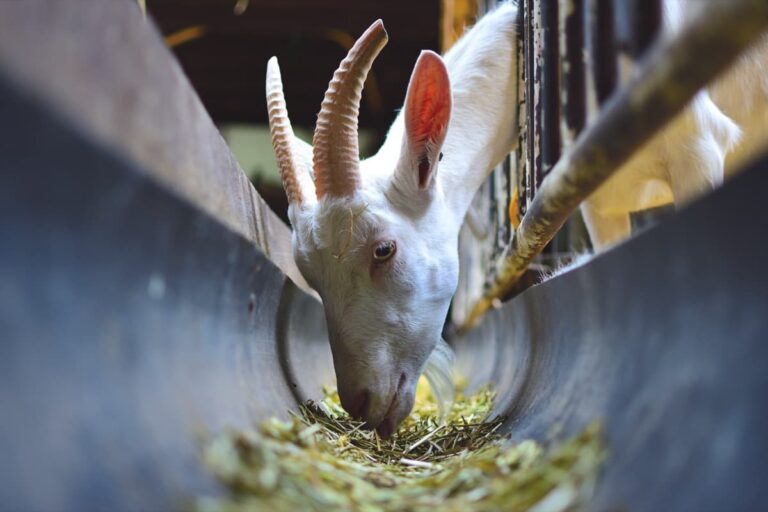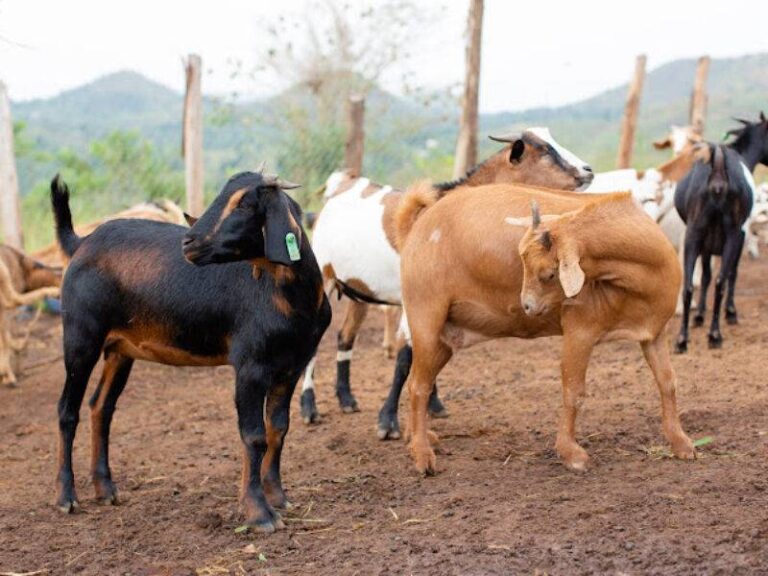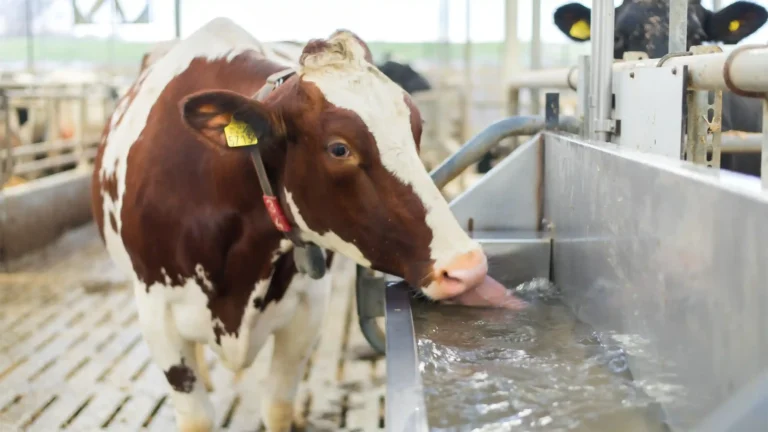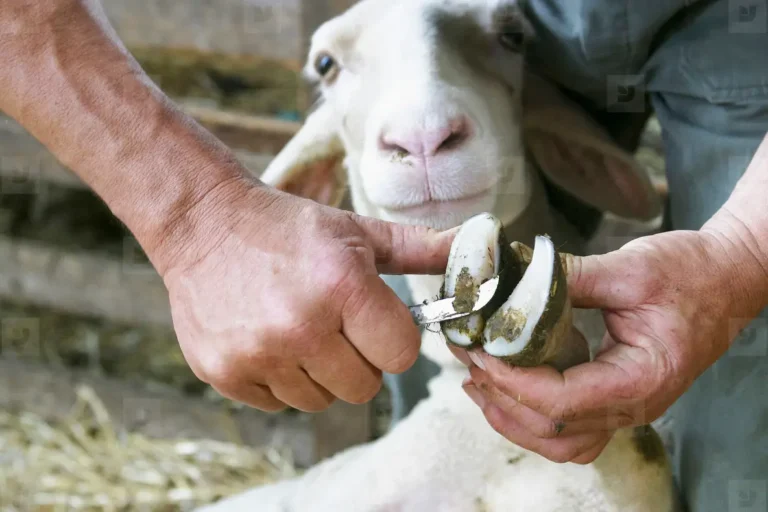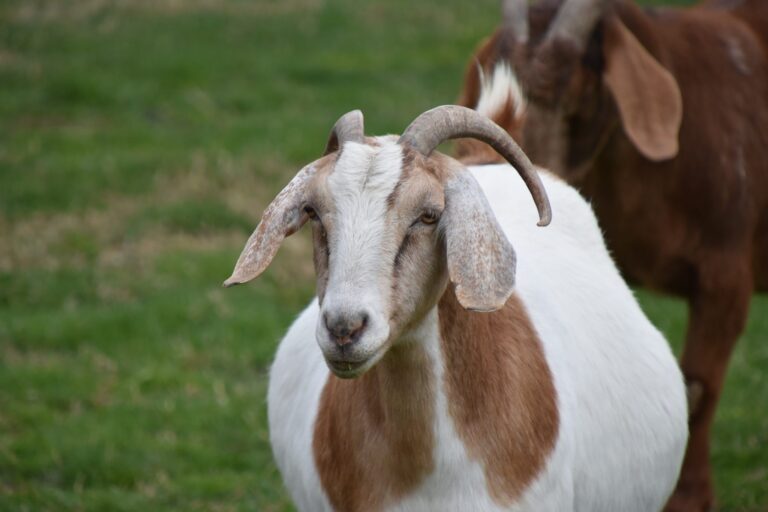Starting a meat goat farm can feel overwhelming, but with the right plan, beginners can build a productive and profitable enterprise.
This step-by-step checklist breaks down the essential stages of meat goat farming, guiding you from the planning stage to marketing your goats. Each step is designed to ensure beginners focus on the practical actions that lead to success.
Step 1: Define Your Goals and Market
The first step in meat goat farming is to define your purpose.
Are you raising goats for local consumption, commercial supply to abattoirs, or niche markets like organic or halal goat meat?
Understanding your target market determines the number of goats you need, the breeds to keep, and the production system to adopt.
Beginners should research local demand, seasonal price variations, and customer preferences before making investments.
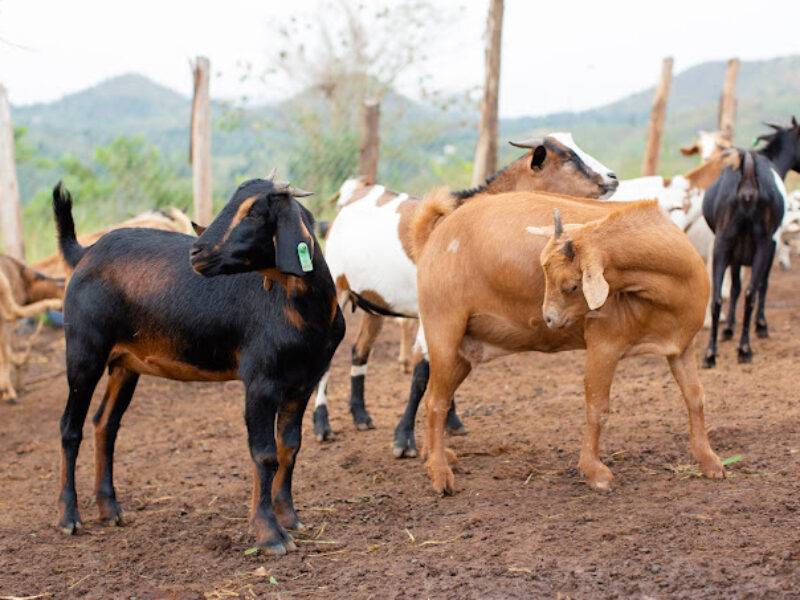
Step 2: Choose the Right Goat Breed
Selecting the right breed is critical. Not all goats are equally suited for meat production. Boer, Kiko, Spanish, and Savanna goats are some of the best-known meat breeds, while Nubian goats are dual-purpose with strong meat potential.
For many beginners, crossbreeding local hardy goats with meat breeds provides the best balance of adaptability and growth.
Farmers should prioritize breeds that thrive in their climate and match local market preferences.
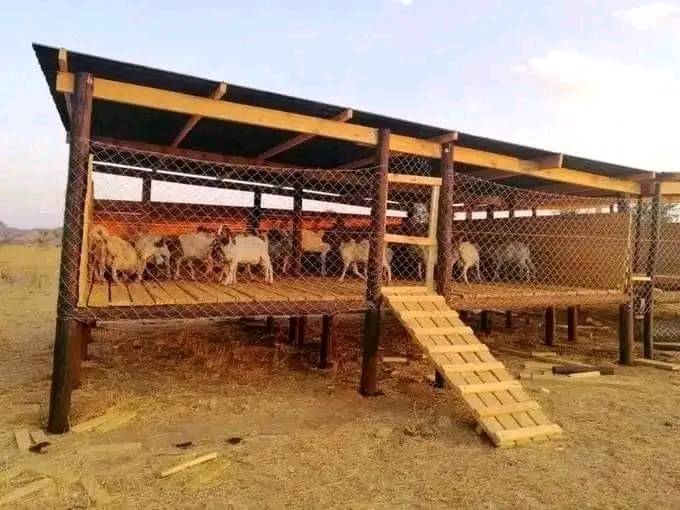
Step 3: Secure Suitable Land and Housing
Goats need adequate space for grazing, exercise, and shelter. Beginners should aim for at least 0.2 to 0.5 hectares for a small starter herd of 10 to 20 goats, depending on forage availability.
Housing should be simple, dry, and well-ventilated, protecting goats from rain, wind, and predators.
Raised pens with slatted floors work well in humid regions, while ground-level shelters may suffice in drier climates. Proper fencing is essential, as goats are natural escape artists.
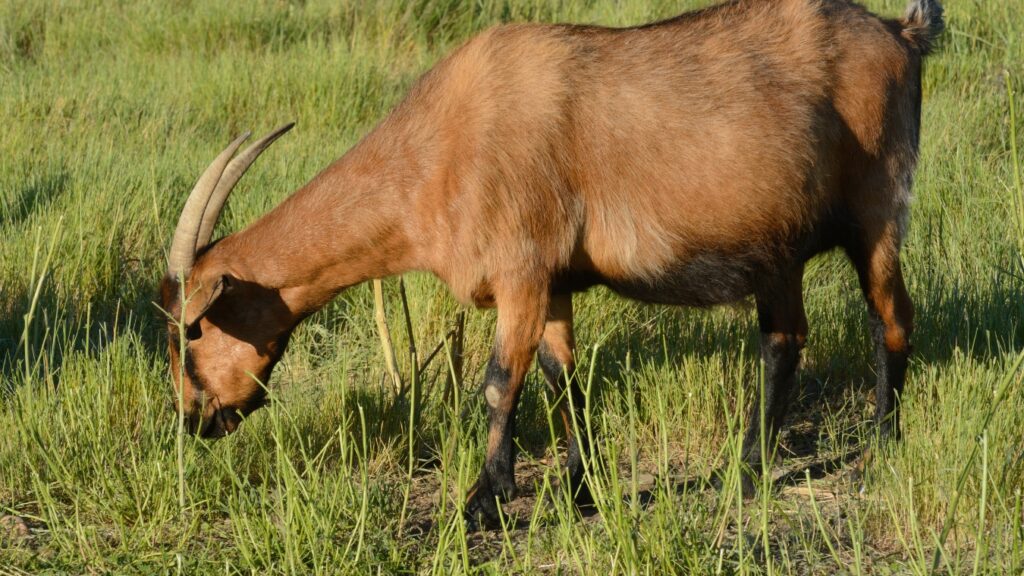
Step 4: Plan Feeding and Nutrition
Feeding directly influences goat growth and meat quality.
Goats are browsers, preferring shrubs, tree leaves, and weeds. However, beginners must supplement natural forage with quality hay, silage, or concentrates for faster growth.
Protein-rich feeds such as alfalfa and soybean meal, along with energy sources like maize, help goats reach market weight more efficiently.
Mineral licks and clean water should always be available.
A balanced diet ensures does breed successfully and kids grow rapidly.
Step 5: Establish a Breeding Program
A well-planned breeding system guarantees a steady supply of kids for meat production.
Does should be bred when they reach 60–70% of their mature weight, usually around 8–10 months of age. A healthy buck can service up to 25 does in a breeding season.
Beginners should track heat cycles, kidding intervals, and litter sizes to evaluate herd performance.
Flushing (extra feeding before breeding) increases chances of twins or triplets, accelerating herd expansion.
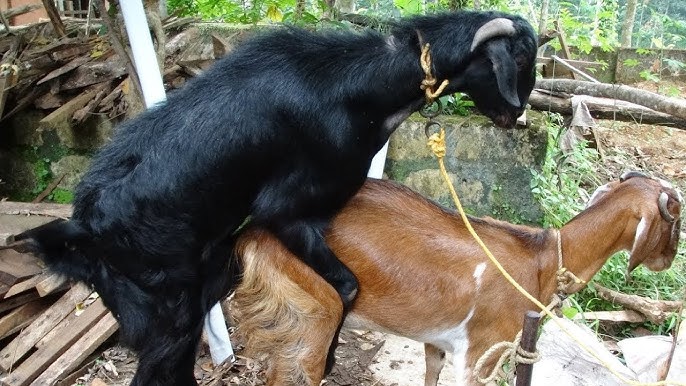
Step 6: Implement Herd Health Management
Goats are resilient but prone to parasites and infectious diseases if neglected.
Beginners must adopt preventive healthcare practices such as deworming schedules, vaccinations, and hoof trimming.
Housing should be cleaned regularly to reduce parasite buildup. Access to a veterinarian is essential for diagnosing and treating illnesses early.
Healthy goats grow faster, reproduce better, and produce higher-quality meat.
Step 7: Manage Growth and Finishing
Meat goats should be monitored regularly for growth and body condition. Weighing kids at intervals helps farmers evaluate feeding efficiency and decide when to sell. Most meat goats reach market weight between 25 and 40 kg, depending on buyer preferences.
Finishing — feeding goats a high-energy diet before sale — enhances carcass yield and meat quality. Beginners should align finishing schedules with peak market demand, such as festivals or holidays, when prices are highest.
Step 8: Keep Accurate Records
Record-keeping may seem tedious, but it is a vital tool for success.
Farmers should record breeding dates, kidding outcomes, growth rates, feed costs, and sales. These records help identify the most productive does and bucks, track profitability, and improve decision-making.
For beginners, even simple notebooks or spreadsheets can make a big difference.
Step 9: Develop a Marketing Strategy
Raising goats without a clear marketing plan can lead to losses.
Beginners should build relationships with local butchers, abattoirs, traders, and direct consumers. Joining cooperative groups can improve bargaining power and market access.
Farmers may also explore value addition, such as selling goat meat cuts, processed sausages, or halal-certified products for premium markets.
Aligning production with consumer demand ensures steady cash flow and profitability.
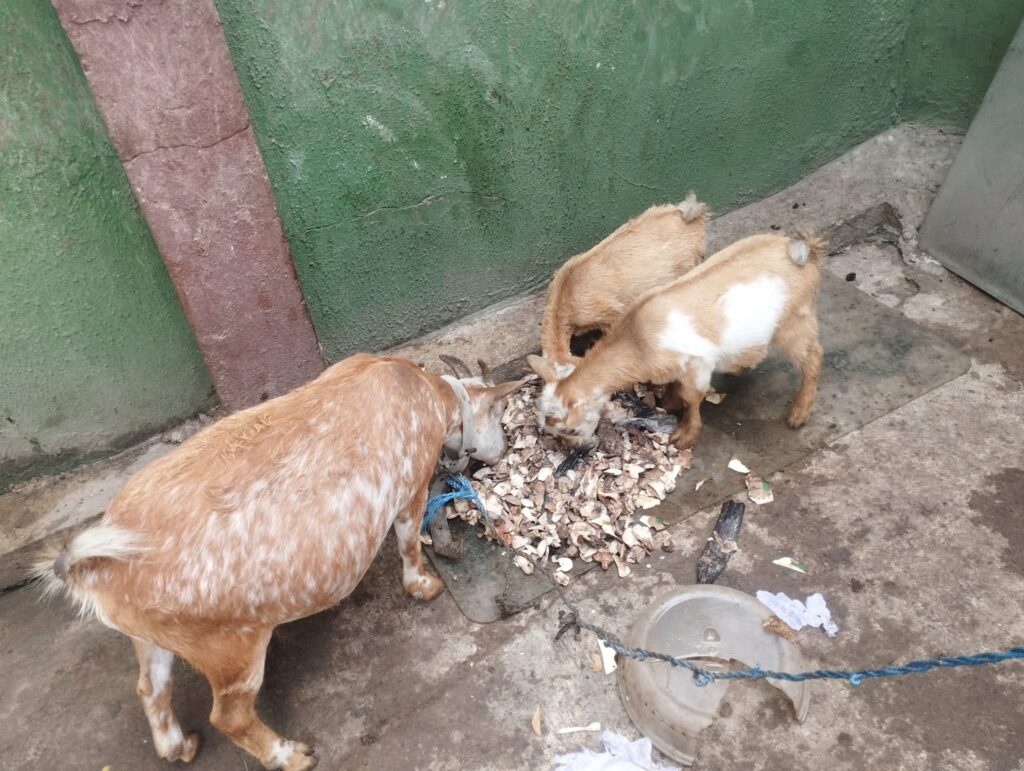
Step 10: Start Small and Scale Up
Finally, beginners should resist the temptation to start big. Raising goats for meat is a learning process that requires patience and gradual growth.
Starting with 10–20 goats allows farmers to master feeding, breeding, and health management without overwhelming resources.
Once skills are developed and profits reinvested, scaling up becomes easier and more sustainable.
Wrapping Up
This beginner’s checklist for meat goat farming provides a clear roadmap from planning to marketing.
By defining goals, choosing the right breeds, ensuring proper housing, feeding, breeding, and healthcare, beginners can avoid common pitfalls and build a profitable business.
Record-keeping and marketing strategies tie everything together, ensuring that each goat raised translates into value.
For aspiring goat farmers, success starts with following these steps diligently, starting small, and learning as the herd — and experience — grows.
Related:

